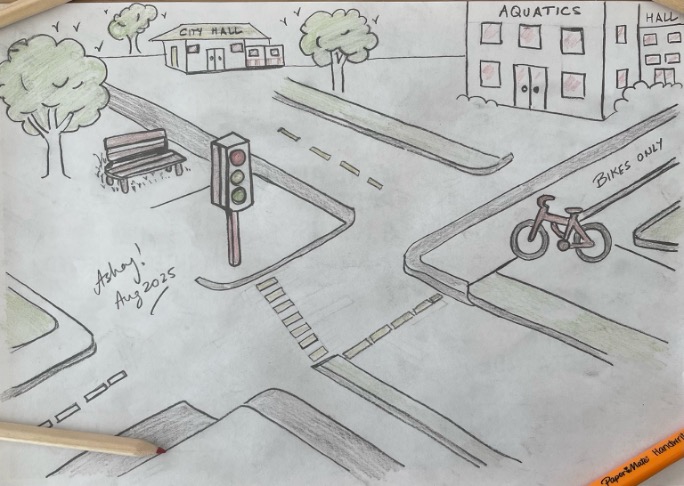Shaping the Future of Baw Baw Shire: Enhancing Lifecycle Planning with Modelve
Nestled in the rolling hills of West Gippsland, with its charming townships, fertile farmland, and creeks winding through native bushland, Baw Baw Shire is one of Victoria’s fastest-growing regional municipalities. Its mix of rural landscapes and growing town centres presents both opportunities and challenges for long-term infrastructure planning.
Baw Baw Shire Council partnered with Modelve to advance lifecycle planning and capital forecasting for their infrastructure asset portfolio — an area traditionally underserved in many Council asset management programs. Leveraging Modelve’s AI-powered digital asset management platform, Baw Baw’s team was able to model future funding scenarios, optimise long-term maintenance strategies, and provide greater transparency into infrastructure needs across diverse asset categories.
While Baw Baw Shire Council had a strong asset management program in place for existing infrastructure such as roads, bridges and stormwater, supported by well-developed asset registers and targeted efforts to manage over 700 kilometres of unsealed roads, there was increasing recognition of the pressures created by limited funding and rising community expectations in a fast-growing municipality with a relatively small rate base.
Some asset classes lacked comprehensive long-term capital plans which included growth modelling.
Existing tools did not provide sufficient scenario modelling or forecasting capabilities.
Council and leadership sought better insights to support strategic investment decisions and optimise lifecycle costs.
In an effort to address growing concerns regarding the growth of the shire, and to provide future state asset scenarios to deliberate with council and community, Baw Baw took action to provide a proactive approach to lifecycle planning.
Baw Baw Shire Council used Modelve to help bridge this gap with a cloud-based solution purpose-built for municipal infrastructure planning.
Using Modelve’s platform, the city’s staff were able to:
- Run lifecycle models across the entire infrastructure portfolio that account for nexus modelling.
- Build multi-scenario forecasts to understand how different funding levels, maintenance strategies, and demand drivers would impact long-term asset health and service levels.
- Present clear, visual dashboards to leadership and Council — supporting more transparent, data-driven capital planning discussions.
Baw Baw Shire’s experience with Modelve demonstrates how growth assets — often overlooked in traditional asset management planning — can be effectively modelled and managed with modern, AI-powered digital tools.
Key Takeaways
By empowering staff with flexible, scalable solutions, Modelve helps Councils like Baw Baw to make smarter, more sustainable investment decisions — ensuring that community assets continue to deliver value for years to come, and have realised the following benefits:
- Informed Budget Planning — Baw Baw’s team now has 10, 20, and 30-year lifecycle forecasts to inform budget development and capital planning.
- Improved Prioritisation — Modelve’s scenario modelling tools allowed staff to prioritise critical investments and balance service level expectations with available funding.
- Better Council Engagement — Visual scenario comparisons and dashboards provided clearer insights for Council workshops and public engagement around parks and community assets.
- Foundation for Future Growth — With scalable tools in place, Baw Baw can continue expanding its lifecycle modelling across additional asset categories and adapt forecasts as new data becomes available.
- Improved Asset Accounting — Infrastructure valuations are informed by true asset lifecycles for auditor comfort.
David Hair – Manager Infrastructure Assets and Recreation
"Modelve has supported Baw Baw Shire Council in strengthening its long-term infrastructure planning through improved scenario modelling and forecasting capabilities. By using Modelve’s platform, officers now have greater visibility of how different funding levels, maintenance strategies and growth pressures may impact asset performance over time. This approach is helping to build a stronger foundation for evidence-based decision-making and continuous improvement in lifecycle planning, aligned with the ongoing review of Council’s Asset Plan"







